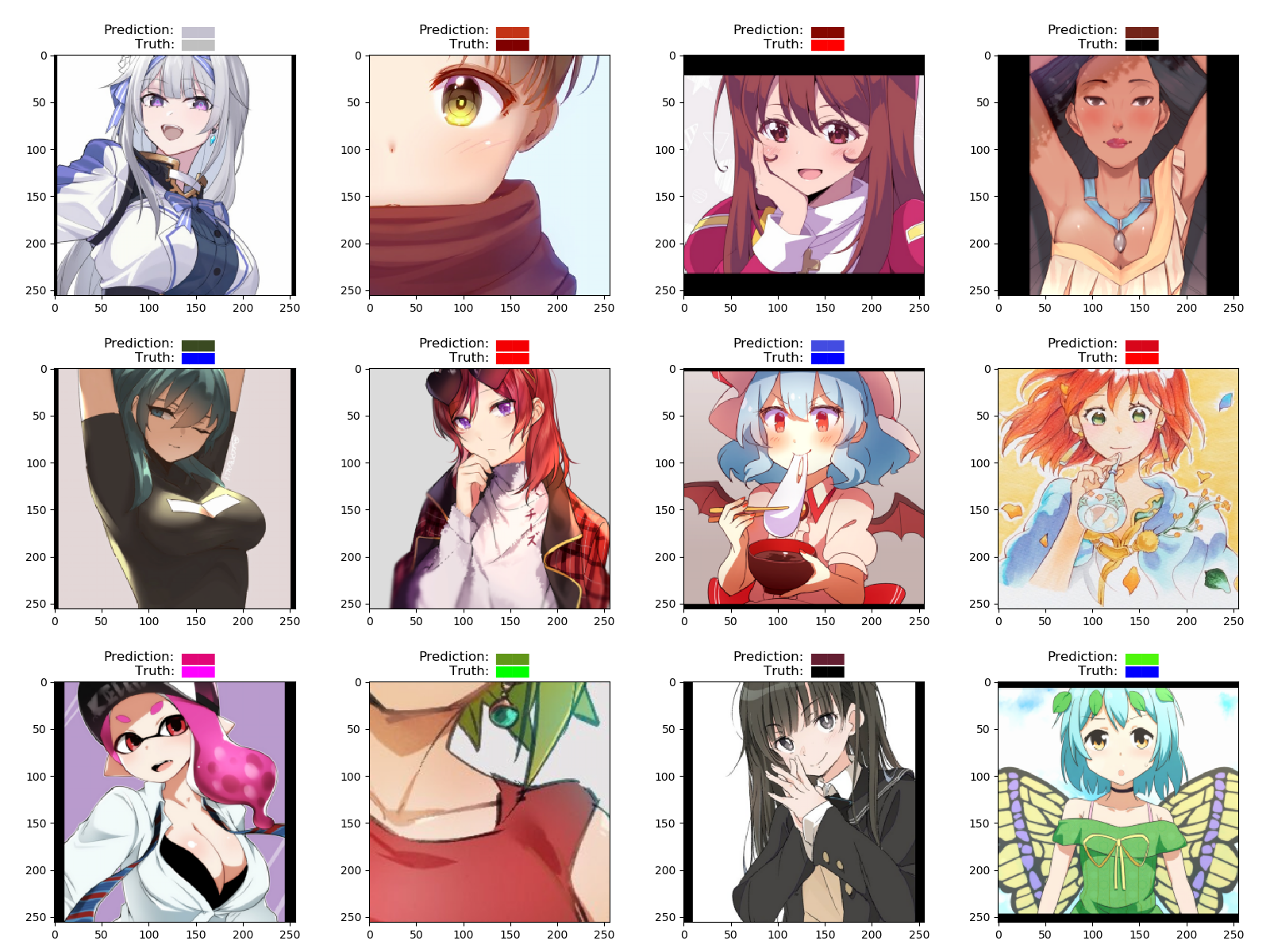- tensorflow-gpu==1.14.0
- Keras==2.2.4
- keras-contrib==2.0.8
- scikit-image=0.16.2
>>> python train.py autoencoder anime/fav-rignak --name="anime/autoencoder/fav-rignak" --INPUT_SHAPE=(256,256,3) --OUTPUT_SHAPE=(256,256,3)>>> python train.py segmenter anime\face\faces_segmentation --name="anime/segmenter/faces/256-192/64-48" --INPUT_SHAPE=(256,192,3) --OUTPUT_SHAPE=(64,48,3) --LOSS=WBCE --LAST_ACTIVATION=sigmoid --CONV_LAYERS="(32, 64, 128)" Knowing only a classification of the training set, we try to draw the segmentation.
>>> python train.py saliency anime/open_eyes/open_eyes --INPUT_SHAPE="(256,256,3)" --NAME=saliency/open_eyes --OUTPUT_SHAPE="(256,256,1)" --LOSS=binary_crossentropy --training_steps=512 --validation_steps=128 --CONV_LAYERS="(32, 64, 128)"
>>> python train.py saliency anime/eye_color --INPUT_SHAPE="(256,256,3)" --NAME=saliency/eye_color --OUTPUT_SHAPE="(256,256,3)" --CONV_LAYERS="(32, 64, 128)"
>>> python train.py saliency anime/GochiUsaV2 --INPUT_SHAPE="(256,256,1)" --NAME=saliency/GochiUsaV2 --OUTPUT_SHAPE="(32,32,10)" --CONV_LAYERS="(32, 64, 128)">>> python train.py inceptionV3 anime/GochiUsaV2 --NAME=GochiUsaV2 --LOSS=crossentropy --INPUT_SHAPE="(256,256,1)"Since we use multiprocessing, and by doing so multiple simultaneous file access, the datasets have to be put on a SSD.
The folders should follow these architectures :
>>> python train.py regressor anime/hair_color --INPUT_SHAPE="(256, 256, 3)" --NAME="anime/regressor/hair_color" --ATTRIBUTES="(R, G, B)" --epochs=50 --CACHE=TrueIf the attributes to regress are R, G and B, we consider the output to be a color and plot the results like this :
{dataset_name}
|-- train
| |-- {file1.png}
| |-- {file2.png}
| `-- ...
`-- val
|-- {file1.png}
|-- {file2.png}
`-- ...
{dataset_name}
|-- train
| |-- input
| | |-- {file1.png}
| | |-- {file2.png}
| | `-- ...
| `-- output
| |-- {file1.png}
| |-- {file2.png}
| `-- ...
`-- val
|-- input
| |-- {file1.png}
| |-- {file2.png}
| `-- ...
`-- output
|-- {file1.png}
|-- {file2.png}
`-- ...
{dataset_name}
|-- train
| |-- {label_1}
| | |-- {file1.png}
| | |-- {file2.png}
| | `-- ...
| `-- {label_2}
| | |-- {file1.png}
| | |-- {file2.png}
| | `-- ...
| `-- ...
`-- val
|-- {label_1}
| |-- {file1.png}
| |-- {file2.png}
| `-- ...
|-- {label_2}
| |-- {file1.png}
| |-- {file2.png}
| `-- ...
`-- ...
{dataset_name}
|-- train
| |-- {file1.png}
| |-- {file2.png}
| `-- ...
`-- val
| |-- {file3.png}
| |-- {file4.png}
| `-- ...
`-- output.json
In this case, the json is :
{
"{file1.png}": {
"{attribute1}": 1,
"{attribute2}": 2
},
"{file2.png}": {
"{attribute1}": 3,
"{attribute2}": 4
}
}Please note that this means that filenames should be unique accross the val and train folders.
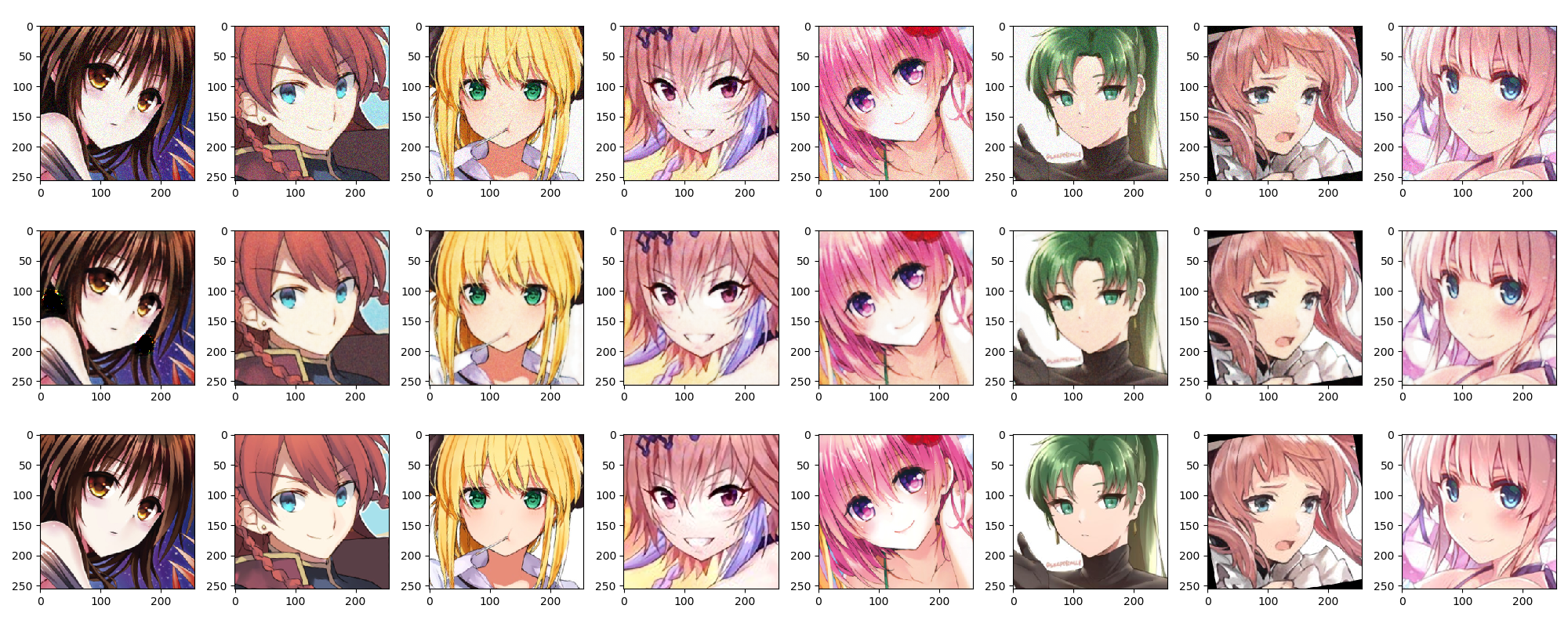
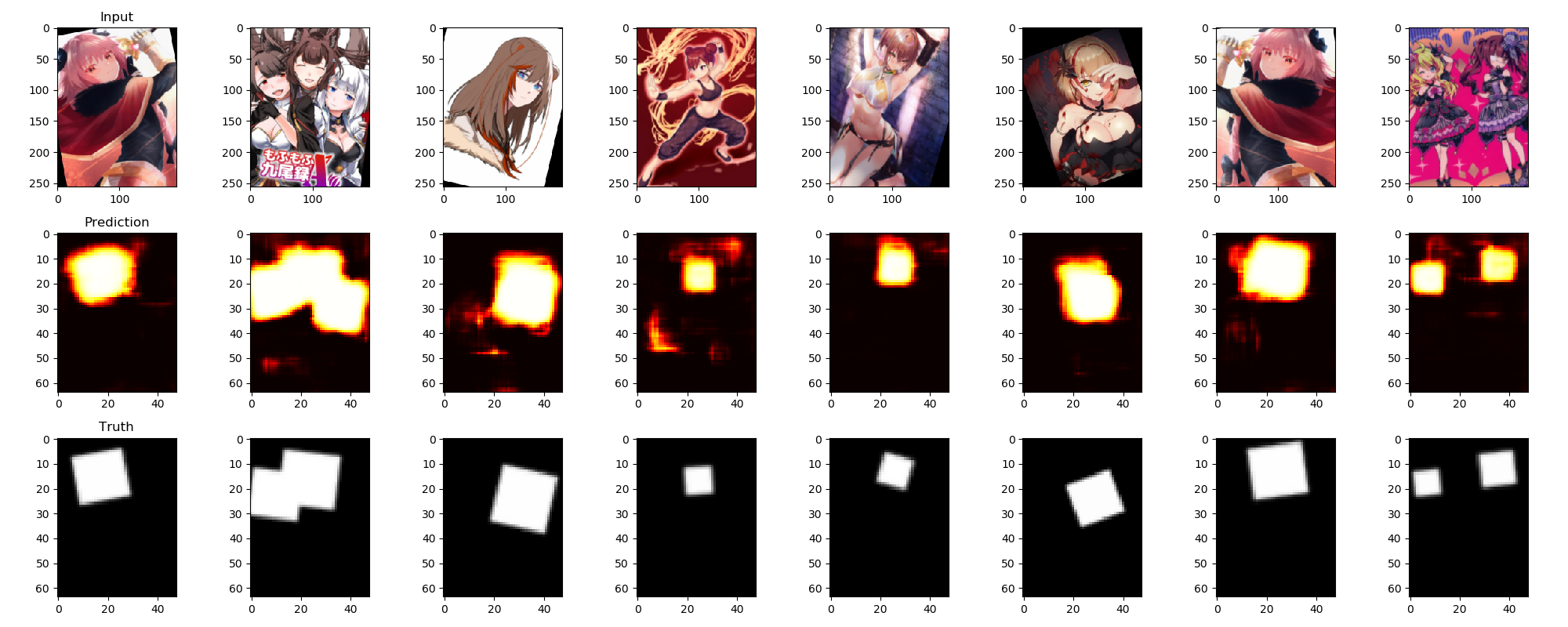
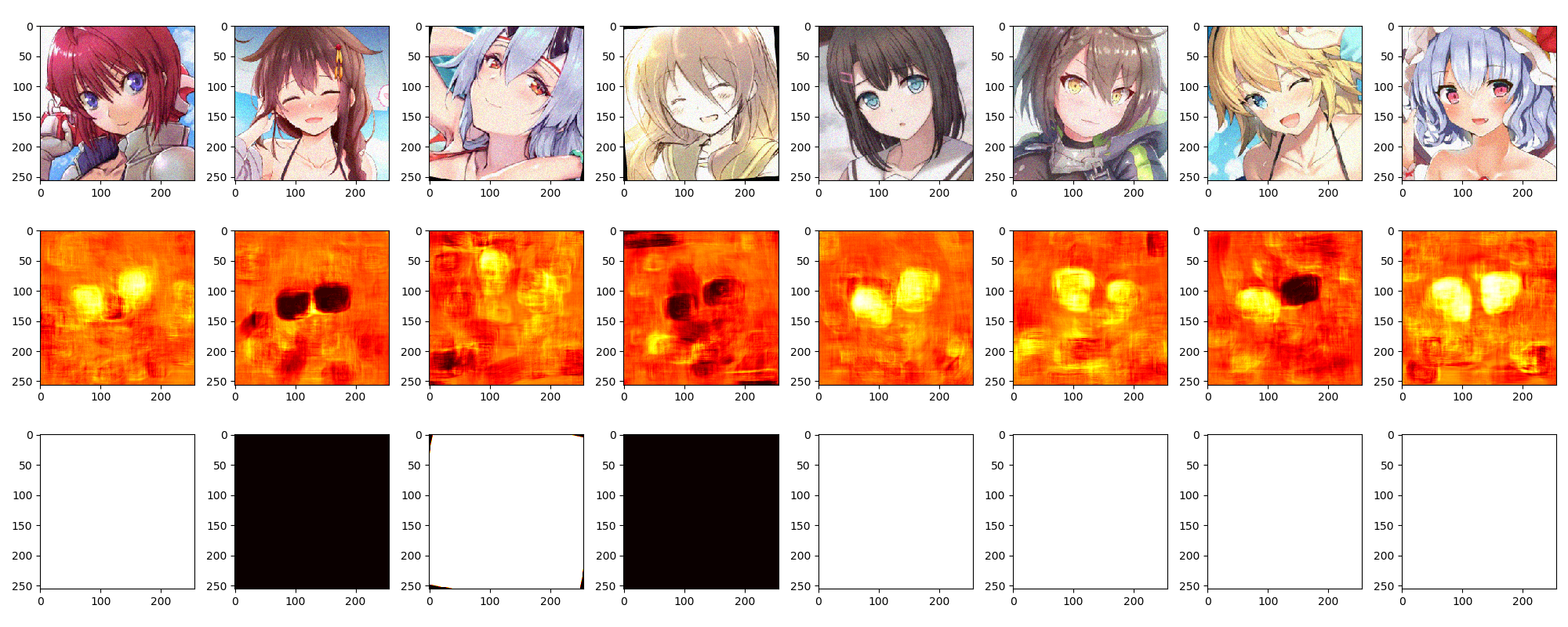
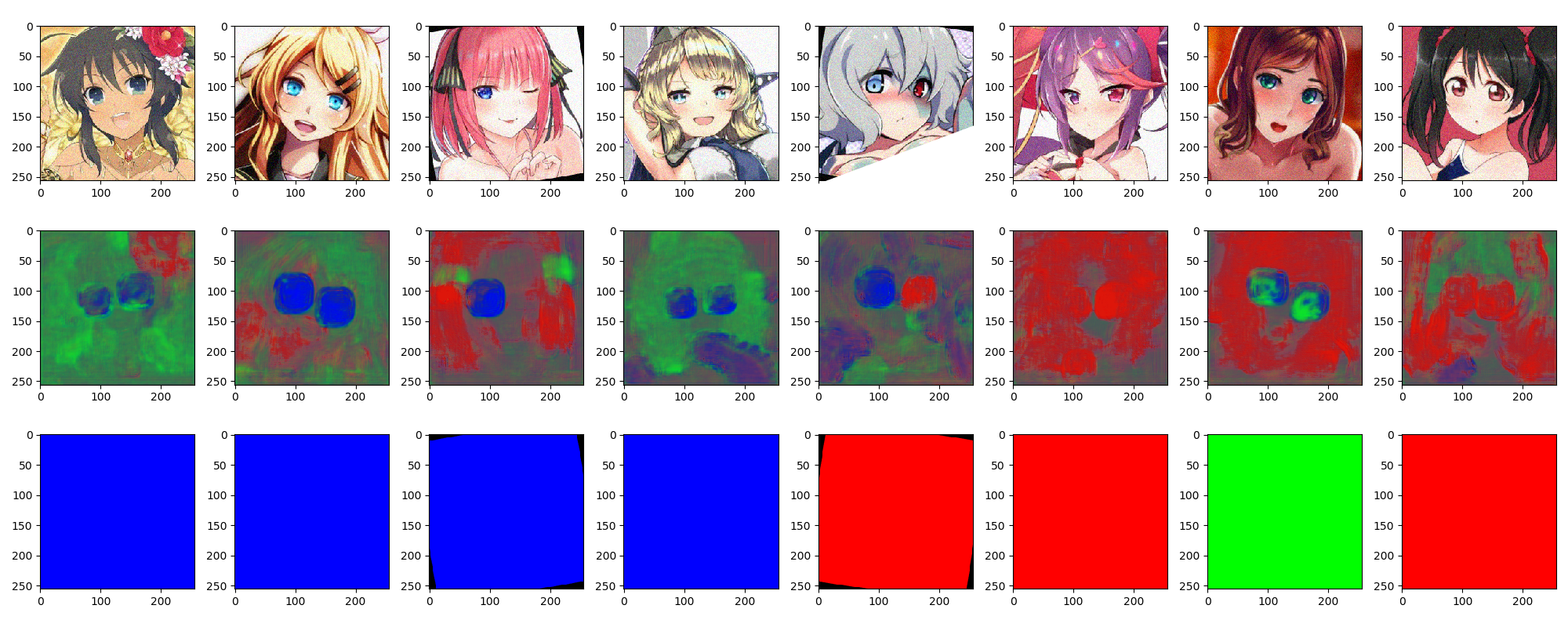
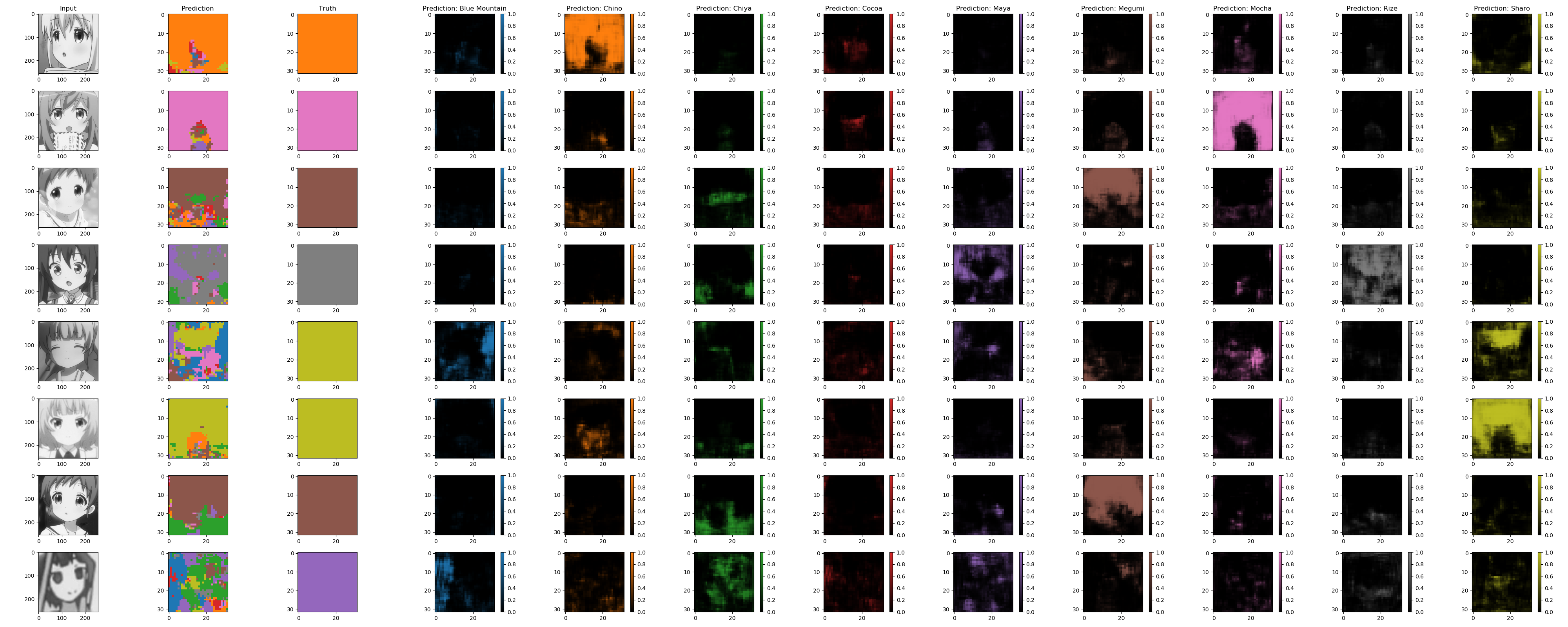
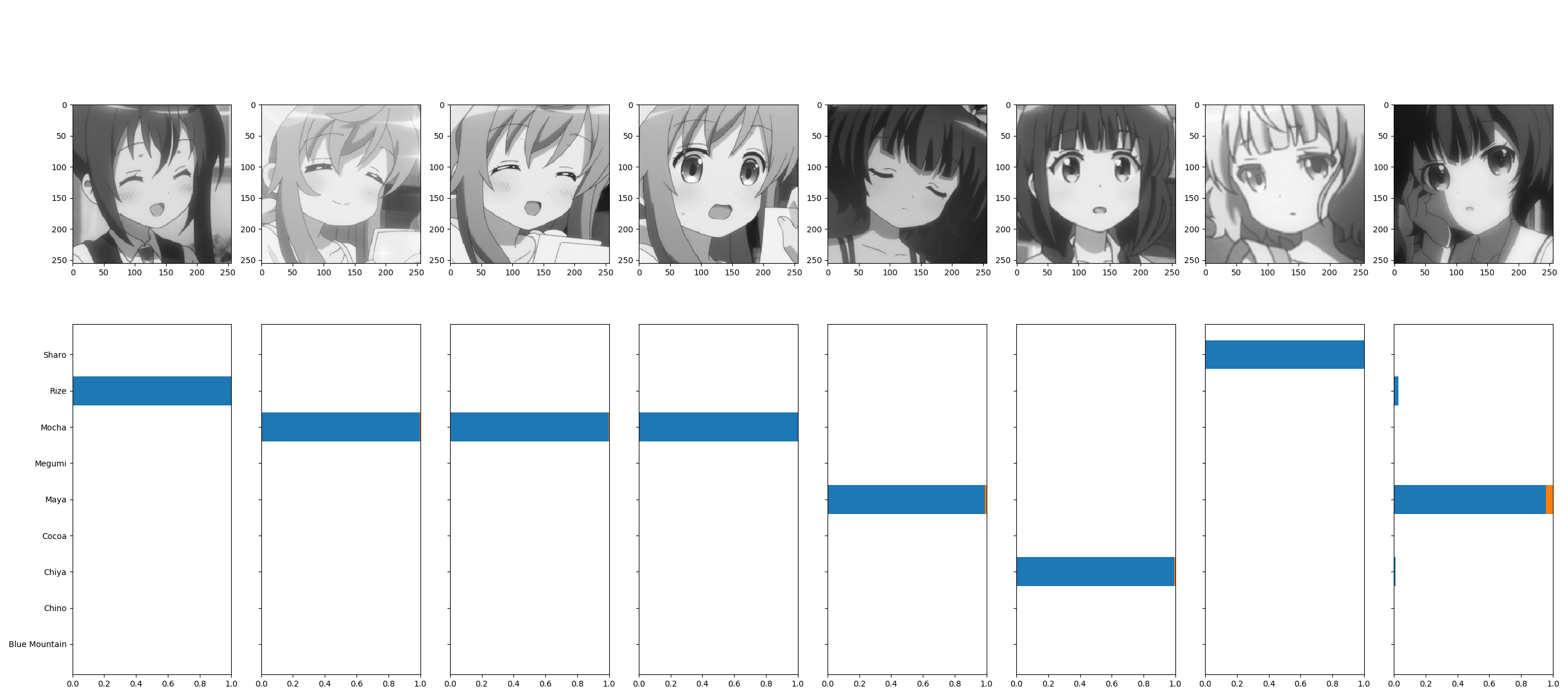
.png)
